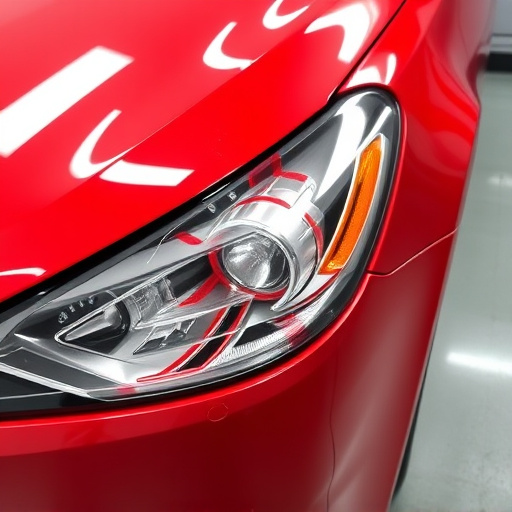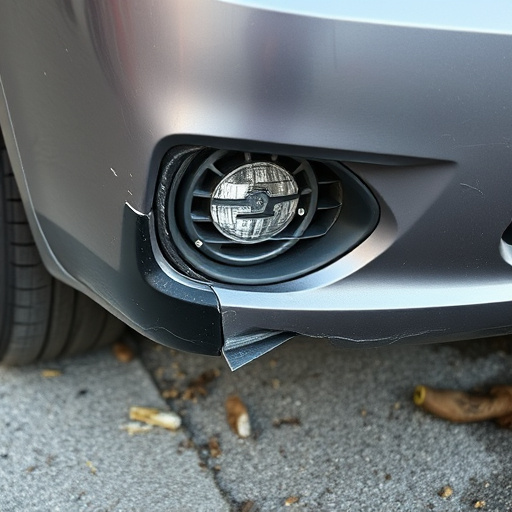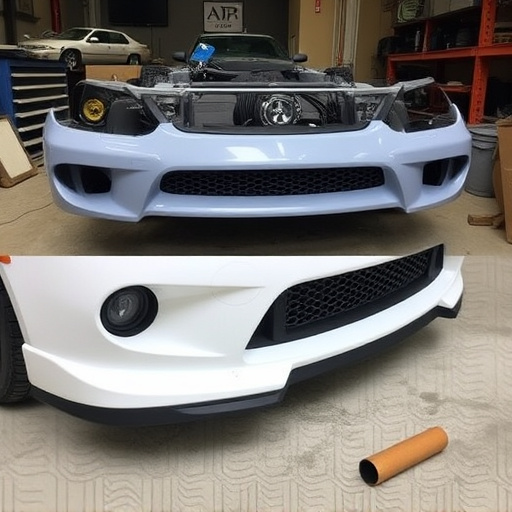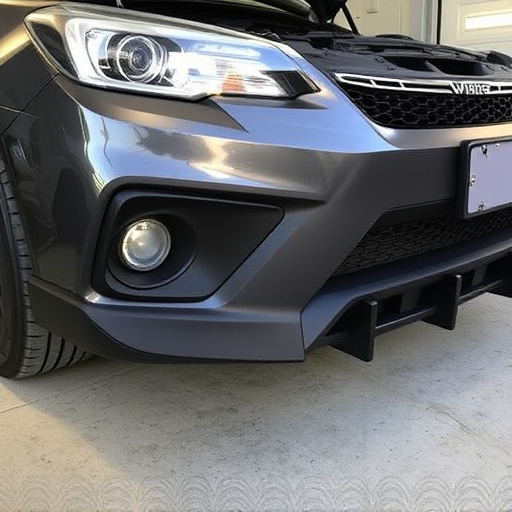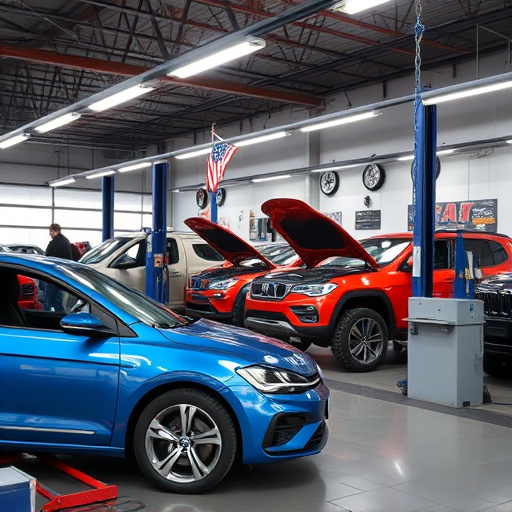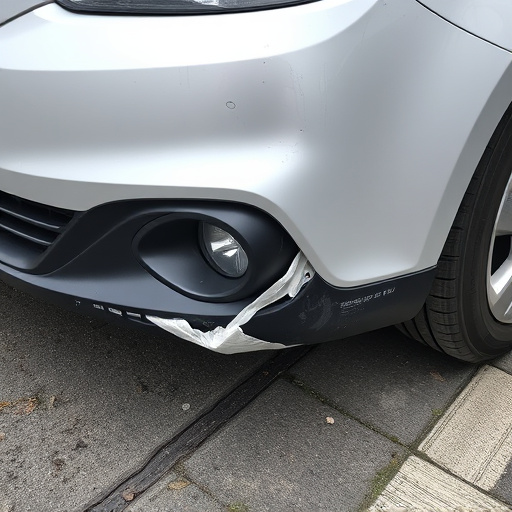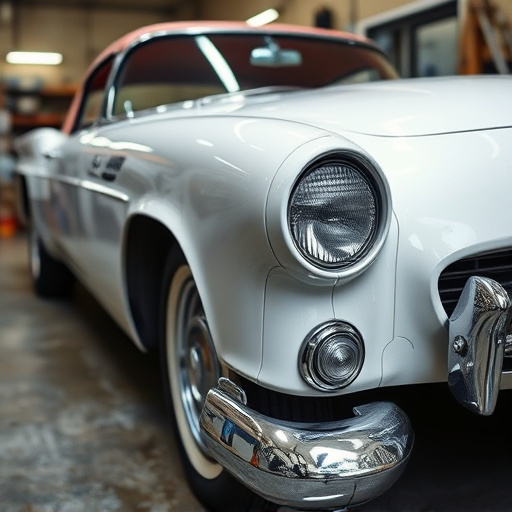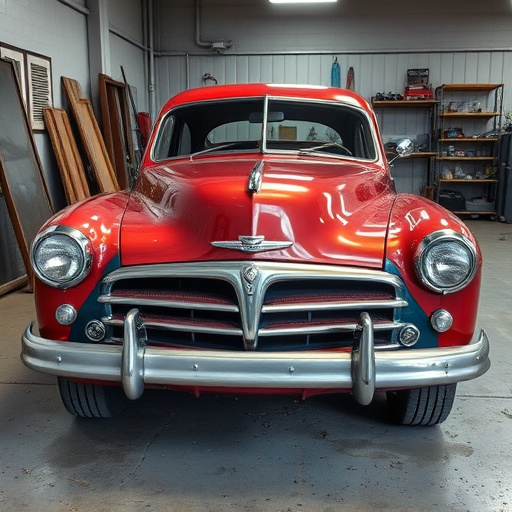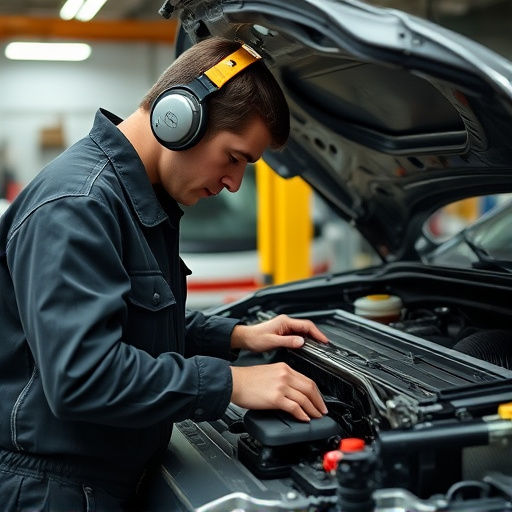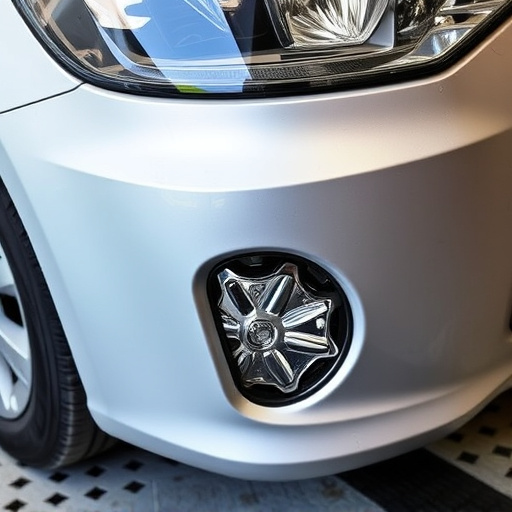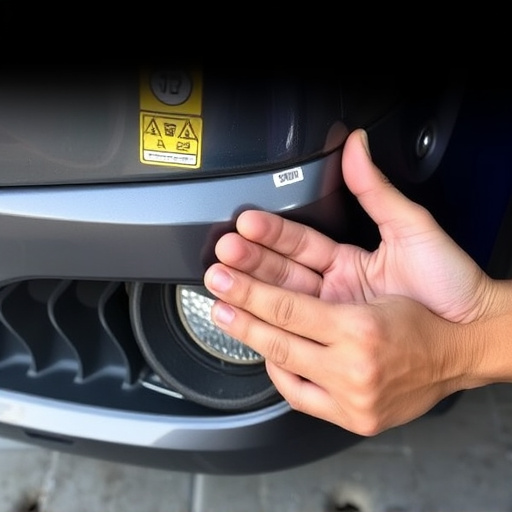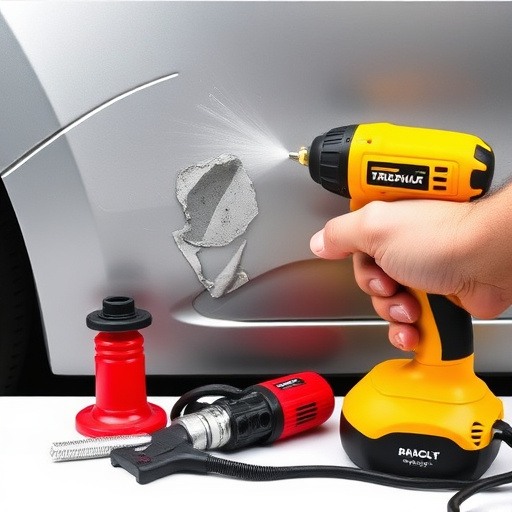Tesla's advanced air suspension systems, characterized by integrated ECUs adapting to road conditions and driver preferences, require regular maintenance and expert diagnosis for repairs (from sensor replacements to ECU recalibration) due to potential issues from extreme temperatures or improper setup. Specialized car body shops with EV maintenance expertise are recommended for Tesla air suspension repair, utilizing advanced diagnostic tools to identify problems like faulty sensors or software glitches, ensuring optimal performance and safety through meticulous component inspection, replacement of defective parts, and ECU calibration.
Tesla’s innovative air suspension systems offer a smooth ride, but issues can arise. This guide delves into the intricacies of diagnosing and repairing these advanced components, focusing on the Electronic Control Unit (ECU) communication. From understanding the system’s key parts to step-by-step repair instructions, we equip car owners with the knowledge to address common problems. Learn how to identify faulty sensors, actuators, or ECU malfunctions and restore your Tesla’s optimal performance through precise calibration.
- Understanding Tesla Air Suspension Systems and Their Components
- Diagnosing Issues: ECU Communication and Potential Problems
- Repair Process: Step-by-Step Guide to Air Suspension Fix and ECU Calibration
Understanding Tesla Air Suspension Systems and Their Components
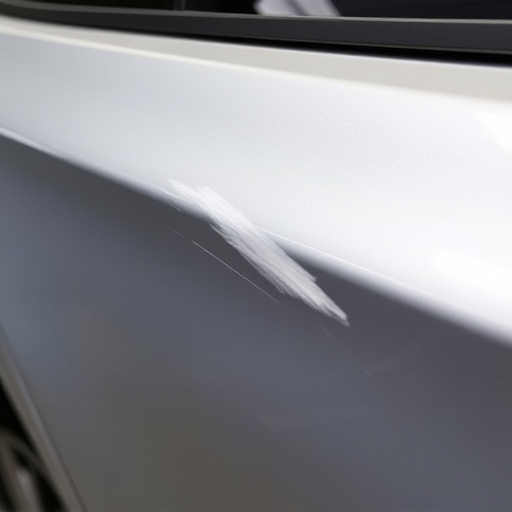
Tesla Air Suspension Systems are a sophisticated blend of technology and comfort designed to deliver a smooth, customizable ride. At their heart lies an intricate network of components, including air springs, struts, and control modules, all working in harmony to adapt to road conditions and driver preferences. These systems differ significantly from traditional spring-based suspensions, offering precise control and enhanced stability.
Understanding these systems requires familiarity with key components like the Electronic Control Unit (ECU), responsible for interpreting sensor data and adjusting suspension stiffness accordingly. The ECU communicates with each air spring and strut, ensuring optimal ride height and damping. While regular maintenance can prolong the lifespan of Tesla’s air suspension, issues may arise due to factors like prolonged exposure to extreme temperatures or improper setup. When problems occur, a thorough diagnosis, often involving advanced scanning tools, is crucial, leading to effective repairs, whether it’s a simple sensor replacement or more complex ECU recalibration, ultimately ensuring the vehicle returns to its optimal performance and ride quality. For expert assistance in Tesla air suspension repair, consider visiting a specialized car body shop known for their expertise in electric vehicle maintenance.
Diagnosing Issues: ECU Communication and Potential Problems
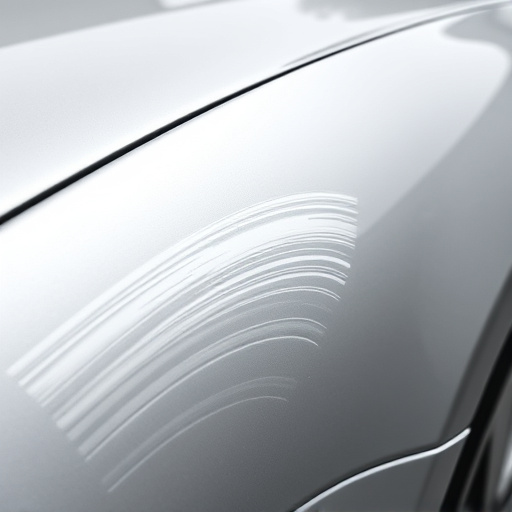
Diagnosing issues with a Tesla air suspension system involves carefully examining the vehicle’s electronic control unit (ECU) communication. The ECU is the brain of your car, managing various functions including air suspension adjustments. When problems arise, it may manifest as irregular ride height, unpredictable handling, or even complete failure of the system.
Through advanced diagnostic tools and techniques, auto collision repair specialists can intercept and interpret signals between the ECU and other components of the air suspension system. This process helps identify potential problems ranging from faulty sensors to software glitches. Prompt diagnosis is crucial in Tesla air suspension repair, as it enables technicians to perform effective vehicle bodywork repairs, ensuring optimal performance and safety for the road.
Repair Process: Step-by-Step Guide to Air Suspension Fix and ECU Calibration

The Tesla air suspension repair process involves several key steps to ensure optimal performance and safety. First, a thorough inspection is conducted to identify any damaged or faulty components within the complex air suspension system. This includes visually inspecting the shocks, struts, and associated valves for signs of wear, corrosion, or damage. Once identified, the defective parts are replaced with genuine Tesla spare parts.
Next, the ECU (Electronic Control Unit) communication needs to be checked and calibrated. The ECU controls the air suspension’s behavior, so it’s crucial to verify its functionality. This involves using specialized diagnostic tools to communicate with the ECU, ensuring correct parameter settings, and adjusting any deviated values back to Tesla’s specifications. Following these steps guarantees that your Tesla’s air suspension system not only functions correctly but also provides a smooth and safe ride. For those requiring professional assistance, a reputable collision repair shop offering tire services can perform these repairs accurately and efficiently.
When it comes to addressing Tesla air suspension issues, understanding the system’s intricate components and effective communication between ECUs is key. By mastering diagnosis techniques and implementing a meticulous repair process, including ECU calibration, owners can ensure their vehicles return to peak performance. Armed with this knowledge, tackling Tesla air suspension repairs becomes a more accessible and efficient task, allowing for a smoother ride ahead.
